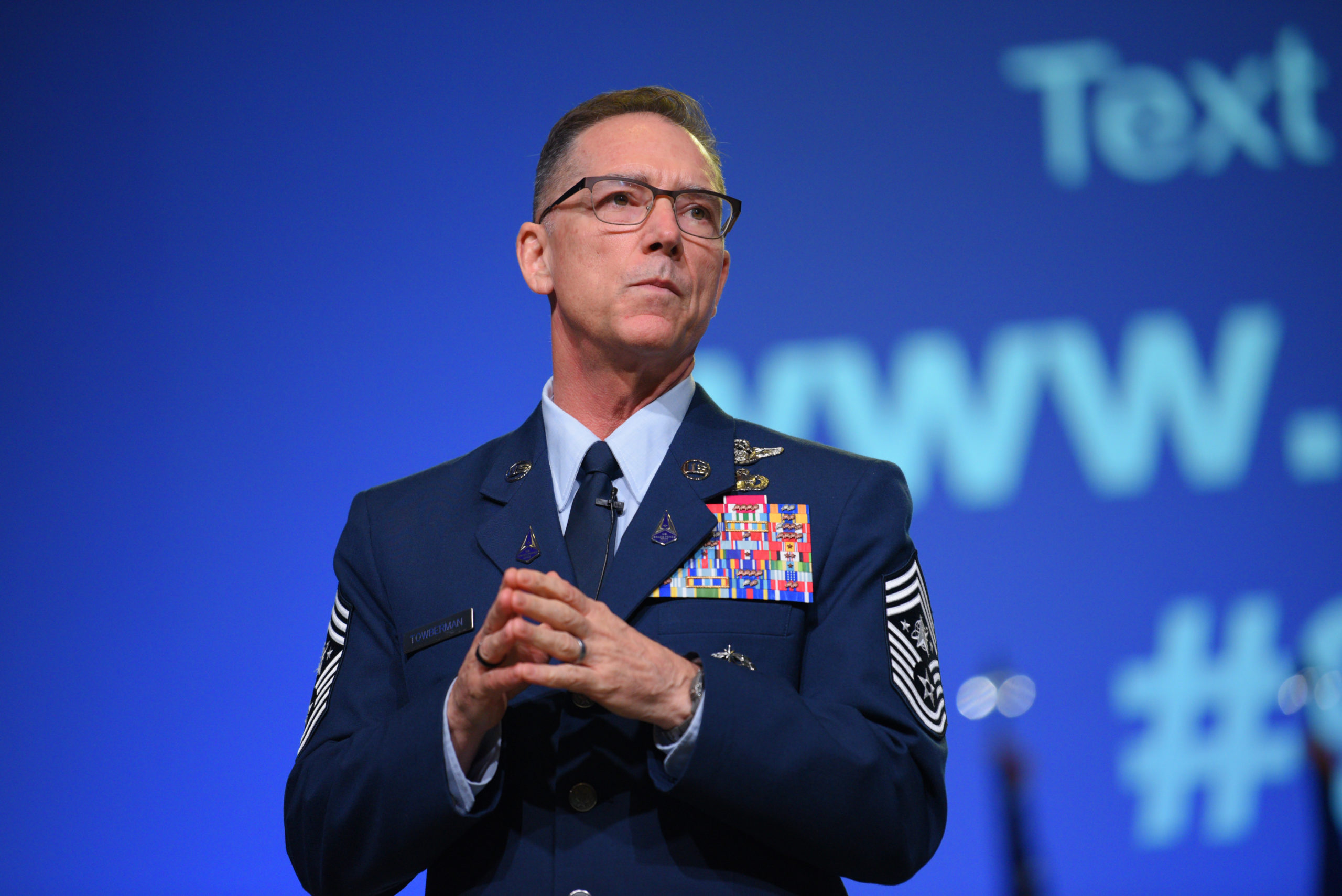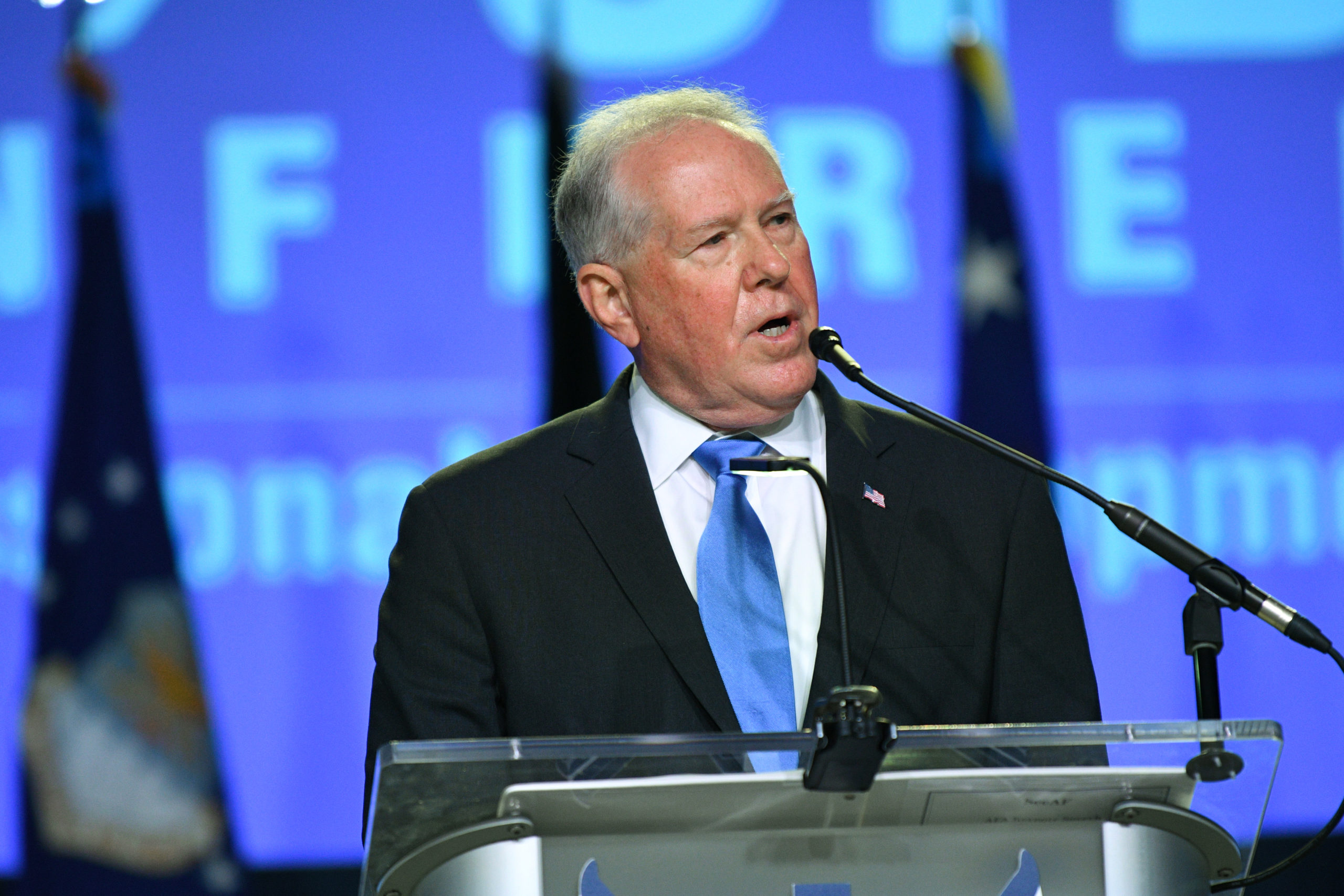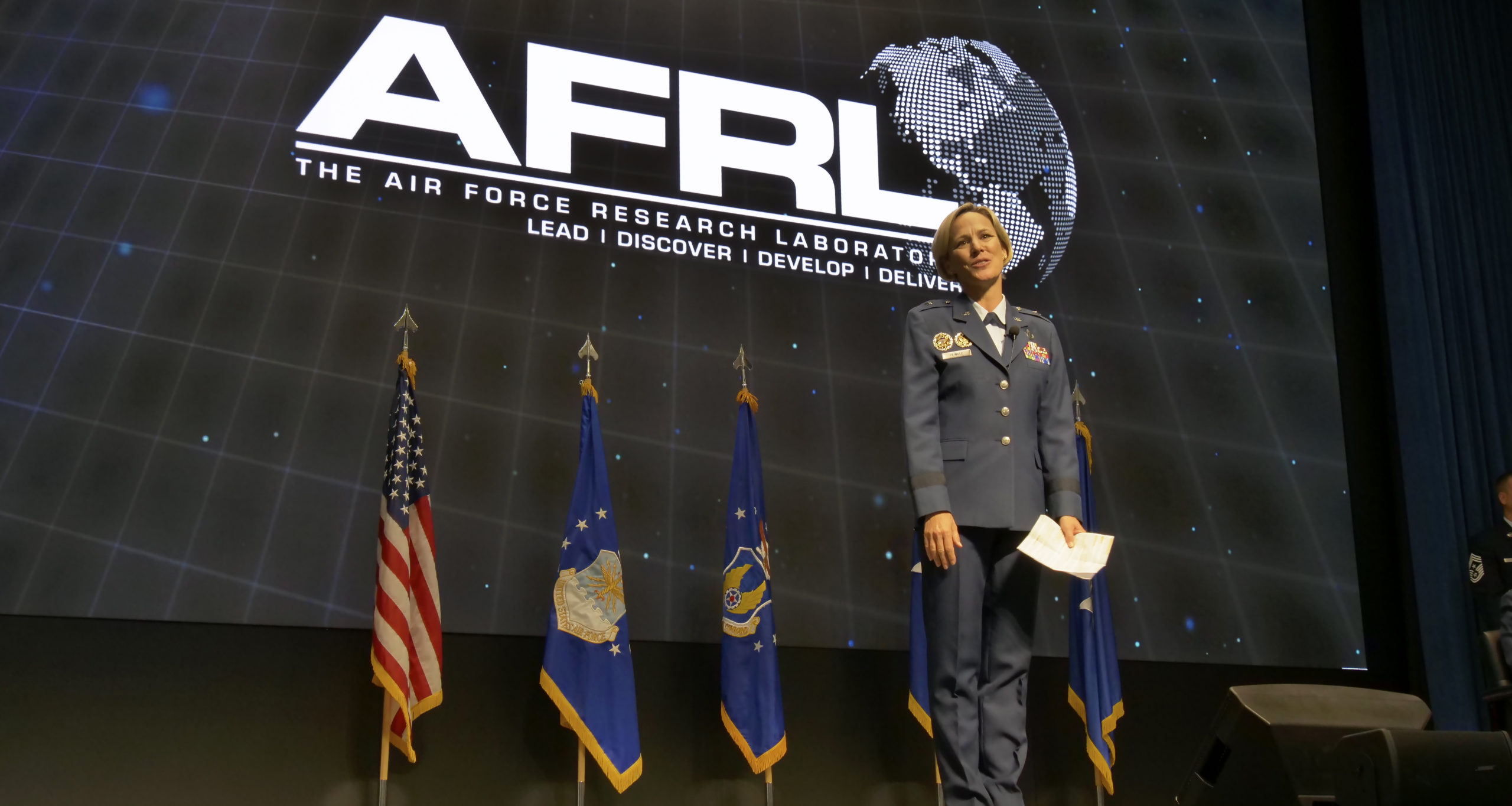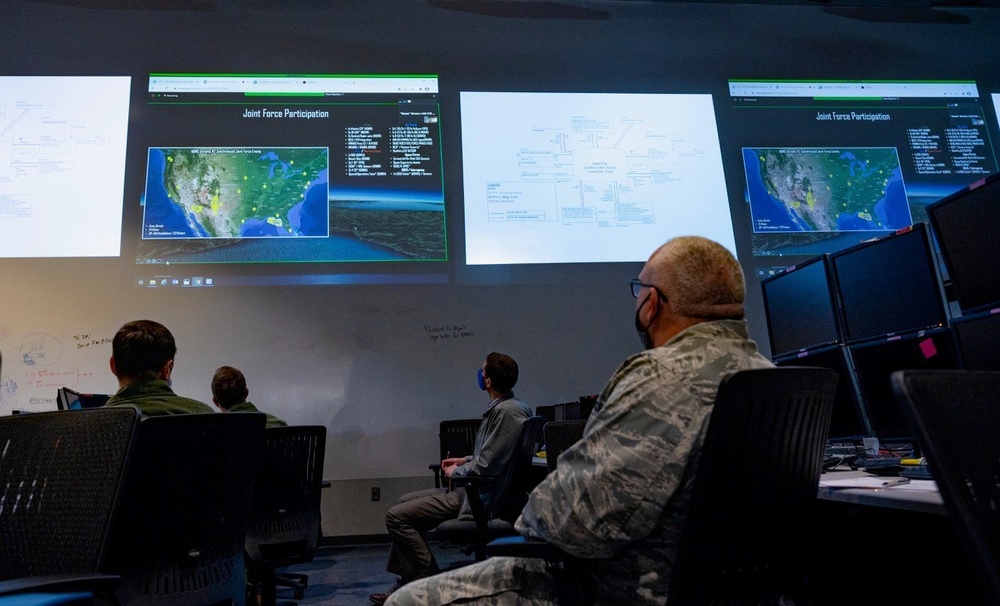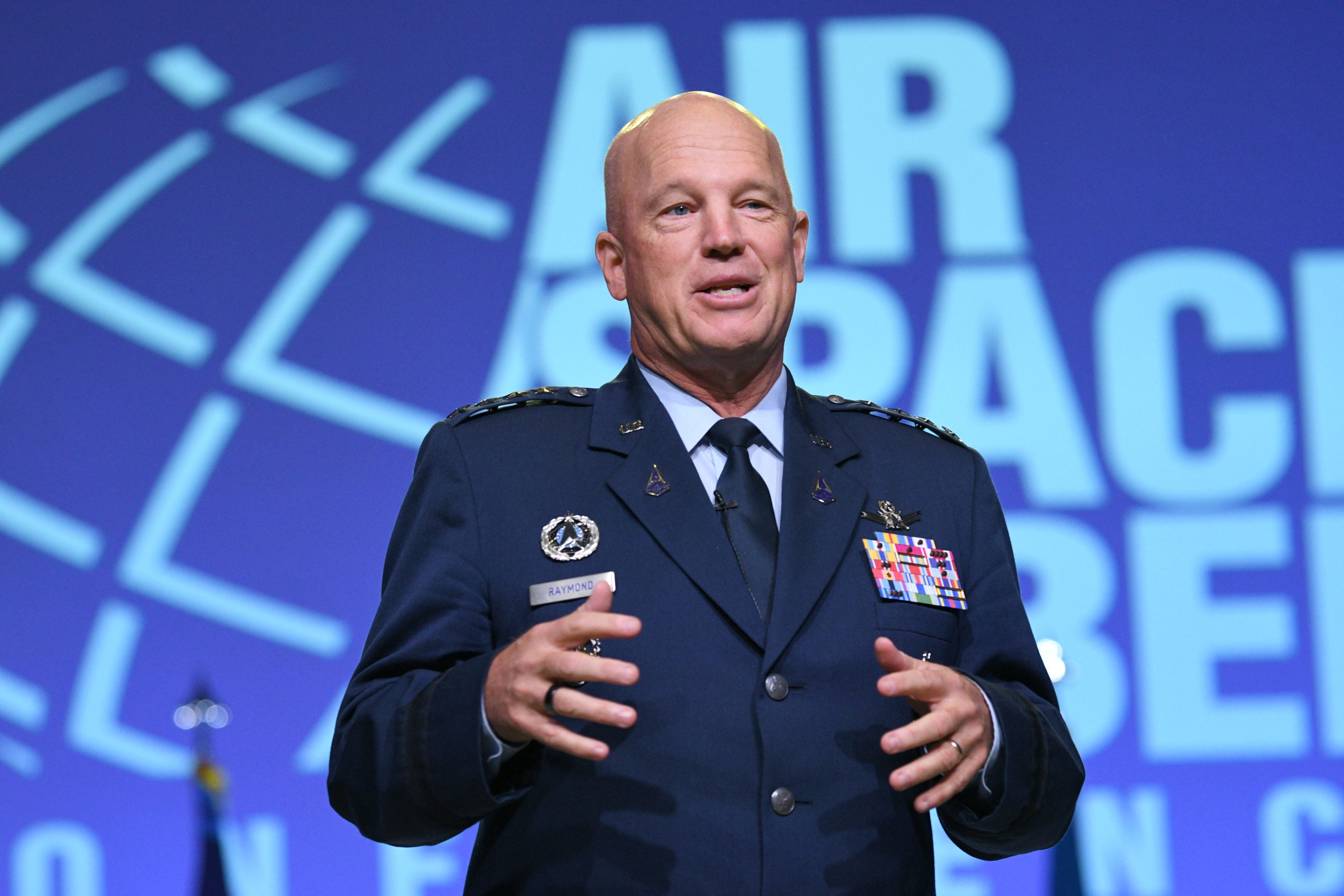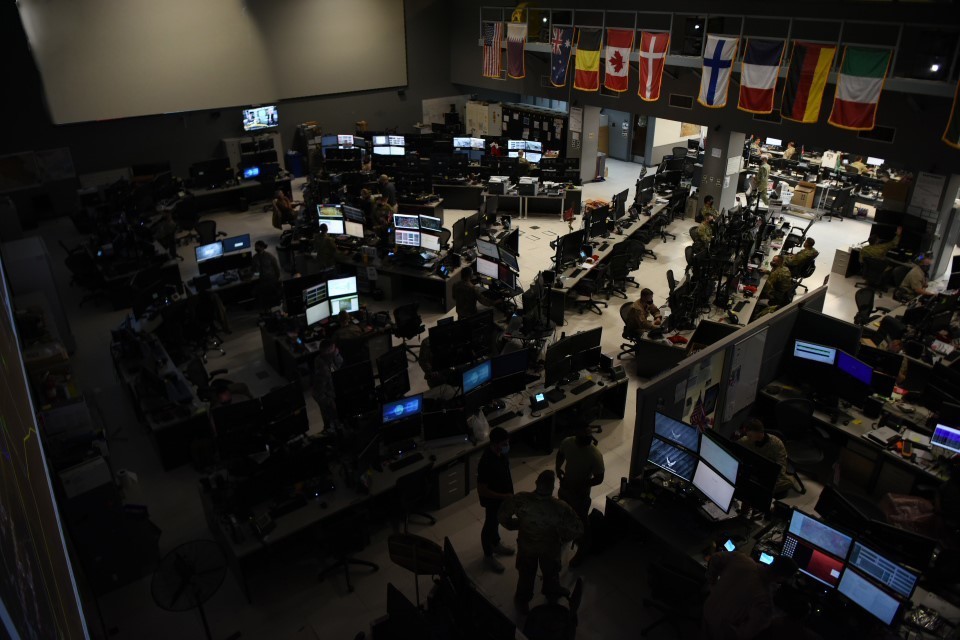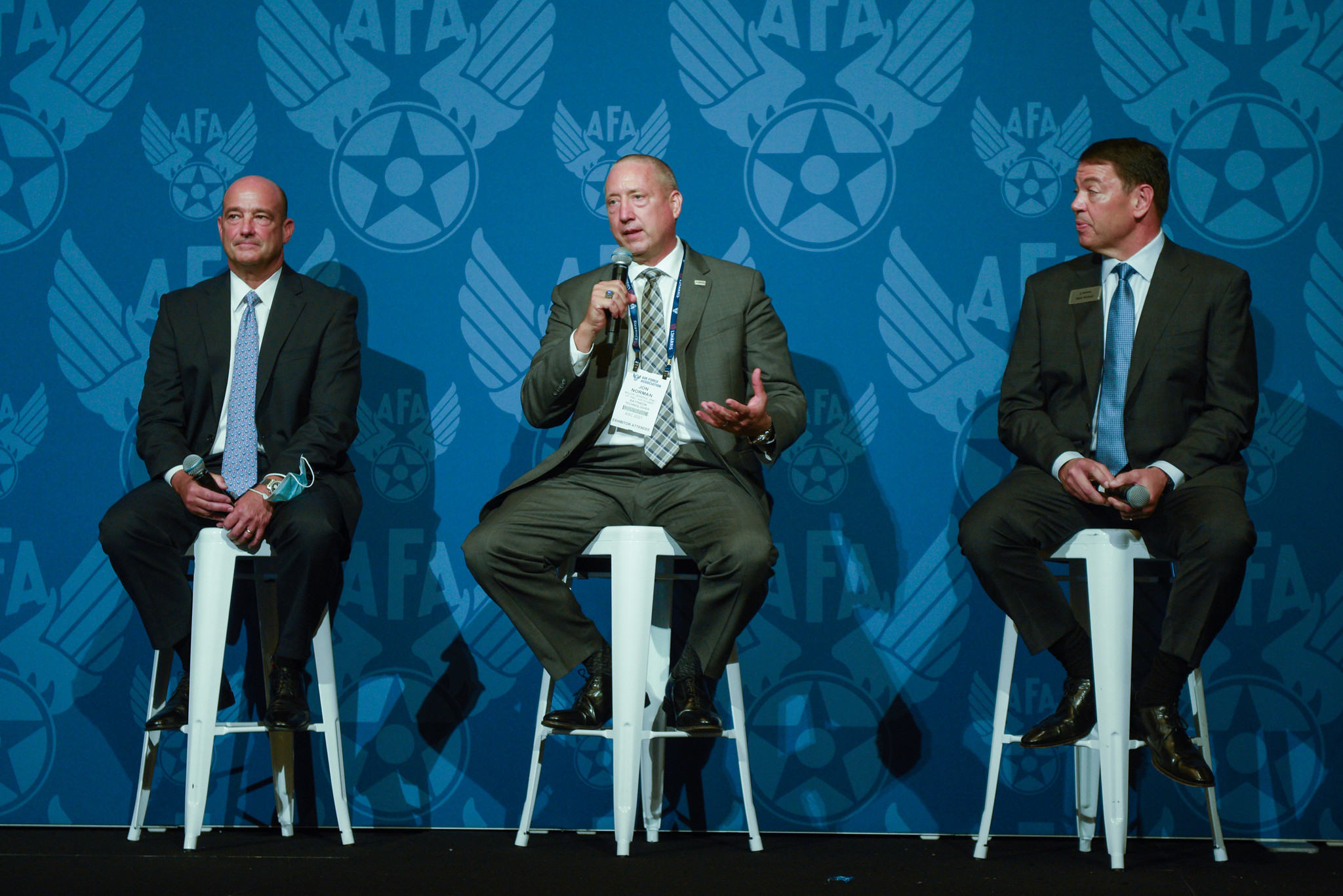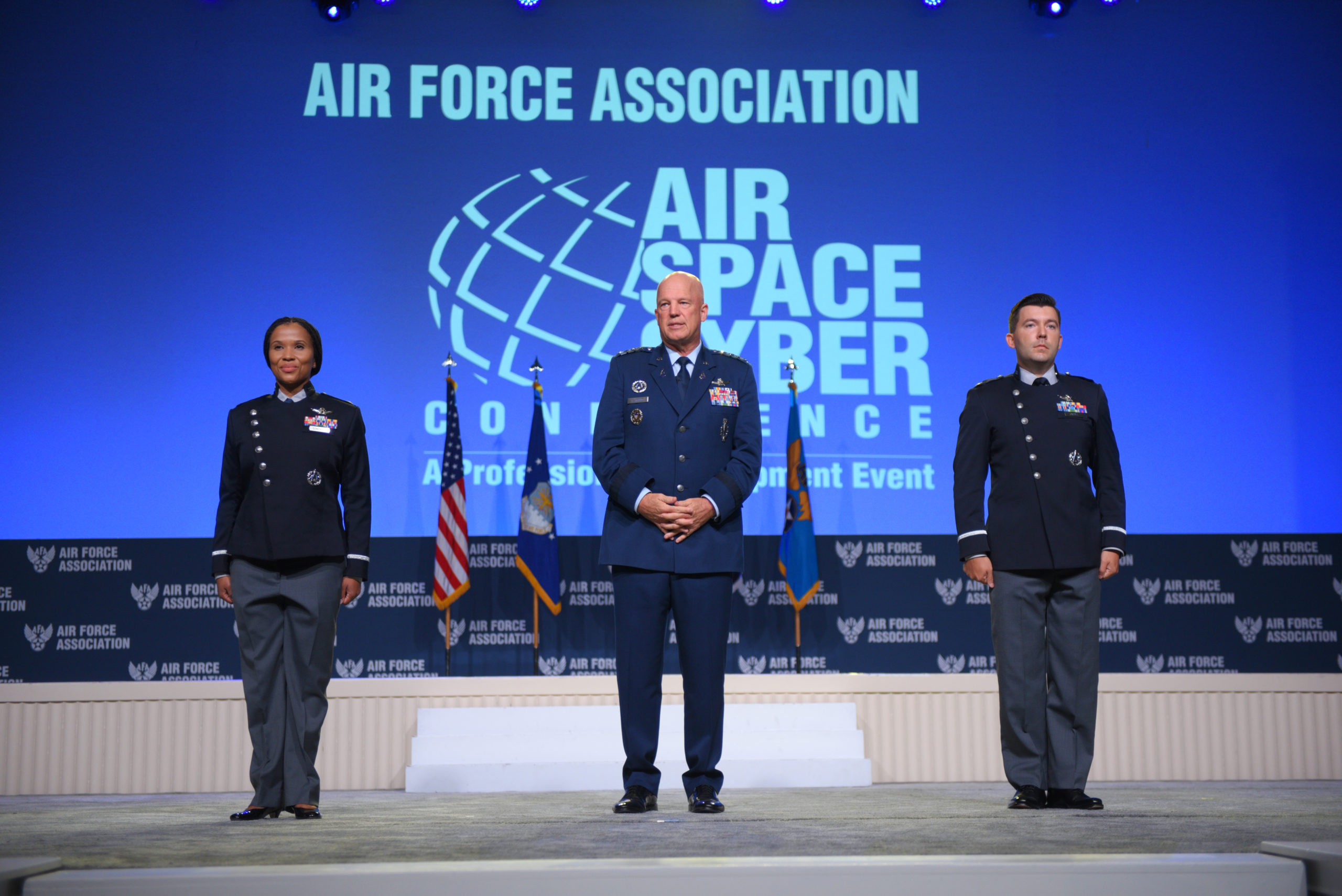The Space Force has released its first ever human capital plan, touting it as an “aspirational” document aimed at bolstering and developing the U.S.’s newest, smallest military branch.
“It’s really cutting edge. It’s forward leaning, forward looking. It’s pushing the boundaries,” Chief of Space Operations Gen. John W. “Jay” Raymond said at AFA’s Air, Space & Cyber Conference. “It’s uniting all aspects of personal development, from assessments to recruiting to development, for all Guardians—officers, enlisted, and civilians.”
At the foundation of the 25-page document, leaders said, are five objectives. Two of them are common to any organization—generating and engaging talent, and developing and employing that talent, acknowledged Patricia Mulcahy, deputy chief of space operations for personnel and logistics.
But while the objectives are common, the way the Space Force plans to go about achieving them are different, especially from other services. When it comes to recruiting, the service “maybe won’t look where everyone else looks,” Chief Master Sgt. of the Space Force Roger A. Towberman said in his keynote address.
In particular, Towberman and other leaders emphasized the need for the service to prioritize diversity, especially given its current demographics. Right now, Mulcahy said, only 18 percent of the Space Force is composed of women.
“Diverse teams outperform consistently homogeneous teams—they simply do,” said Brig. Gen. Shawn W. Campbell, USSF’s deputy human capital officer. “And so when we talk about the team construct and how we build these teams, we’re looking at teams in terms of the needed diversity to provide different perspectives.”
Flexibility is another key component in the plan to identify and recruit talent. For individuals with experience at NASA, in academia, or in other space-based sectors, Raymond said he hopes to “do more innovative things like full time and part time and go back and forth based on where you are in your life.”
Competencies and capabilities
Once Guardians are in the service, the Space Force is hoping to “migrate from highly structured career paths to a regulated market approach,” according to the document, titled “The Guardian Ideal.”
That will take the form of a talent marketplace similar to the one the Air Force has now, Campbell said. In the Space Force marketplace, however, positions will be coded with competencies—“knowledge, skills, attributes, and behaviors”—starting with core competencies then expanding to specialities and terminal occupational competencies.
In this system, every Guardian will be able to see how their competencies line up with the position.
“We’re not necessarily looking at just grade pay, or it’s time for you to rotate, or it’s time for you to do X kind of job, because … we don’t have a pyramid,” Campbell said. “That’s not, we think, the best way for us to develop nor employ our Guardians.”
The aim of these competencies, Space Force talent strategist Jason Lamb said, is not to keep Guardians confined to a single career field. Instead, he said, competencies will define capability, not just experience. And when it comes to identifying capabilities, Towberman indicated in his speech that the service will take a more expansive approach.
“We question things like using what … you’ve done to guarantee what you’re capable of,” said Towberman. “And we look instead for aptitude tests, for perhaps suitability tests, personality tests. We’re ready to look at anything that allows us to best predict the outcome we want, which is greatness in our business.”
Enabling resiliency
At the moment, Guardians continue to follow Air Force standards for physical fitness tests. Changes, however, could be coming soon, as The Guardian Ideal identifies a timeline of developing a fitness program and standard by the end of 2021.
All indications point to that program having a unique structure. The service has previously said it is working on a “holistic health and wellness” program, and the human capital plan teases out that concept, promising to address fitness, ergonomics, nutrition, and sleep hygiene.
As part of taking a more comprehensive view, Mulcahy added, the service hopes to take a more detailed, scientific approach, one that deemphasizes the traditional yearly fitness test.
“We have a view that fitness needs to be an everyday thing. And so we’re looking at ways to potentially get away from the one and done, once a year. This evaluation lets you go, ‘OK, I don’t worry about that anymore.'” Instead the service is moving toward one “that compliments a daily regimen of fitness,” Mulcahy said.
In pursuit of that, Campbell said, the service will look to invest in wearable technology that can track Guardians’ health—their sleep pattern, their heart rate, and other key markers—and then provide that data to Guardians to help them live healthier lives on a daily basis.
And physical fitness is just one aspect of the resiliency the USSF aims to build.
“We know that fitness, whether physical or mental, spiritual, financial, is not episodic,” Towberman said. “I could win the lottery and still end up poor. Fitness is about a process. It’s about a lifestyle. And what we owe you as an institution is better choice architecture, better resources, better incentives, to make sure that everyone can be resilient across all the domains of fitness. We don’t want some episodic test, creating more anxiety than it relieves. We want you to sleep more. We want you to eat better. We want you to hydrate. We want you to take care of each other.”
Digitally fluent
Raymond has previously said he wants the Space Force to be America’s first “digital service,” and Towberman certainly leaned into the perception of USSF as the younger, more technologically savvy service in his keynote, “Rick rolling” the audience to kick off his speech.
But while many of the younger Guardians joining the Space Force grew up with the internet and are likely more at ease with some technologies, it would be a mistake to think of them as already “digitally fluent,” the stated goal in The Guardian Ideal.
“I think we often look at particularly Gen Y and Gen Z, and we say, well, they’re all digital natives,” Campbell said. “They are in the sense that they grew up with technology that we think about in ubiquity around us, but they don’t understand how it works. That’s different. So we want to make sure you understand not only how to use it, but how to apply it in the most meaningful way.”
Not everyone in the Space Force will have to be a gifted coder or digital expert, Towberman emphasized. But every Guardian will need to be able to work with those people to find the proper applications of those skills.
“We need to understand the power that can be unlocked with the power of great programmers, with digitally fluent humans,” Towberman said. “And it’s those things together, both the imagination and the craftsmanship—that’s architecture. That’s a blend of the two. We need that. Sometimes we’ll get that in one person. Oftentimes, we’ll need that in teams.”
Collaboration
The release of The Guardian Ideal comes amid a string of announcements from the Space Force. On Sept. 20, the service announced its insignia for the enlisted ranks, and on Sept. 21, it revealed preliminary versions of its dress uniform and PT gear.
Those announcements, Towberman said, exemplified the final objective: connecting in a collaborative environment.
“What I’m most proud about is that these [insignia] came from Guardians,” Towberman said. “We asked, and we had hundreds of ideas. Then we asked some more, and we down-selected. Then we asked some more, and we down-selected again. And then we shared, and we changed, and we discussed. … But what I know is we could have had countless other outcomes. And we would have gotten good feedback on them, because it really was about the process. And I’m proud of the process and I was confident all along, not because I thought the outcome was something I could guarantee. It was the process that I believed in.”
